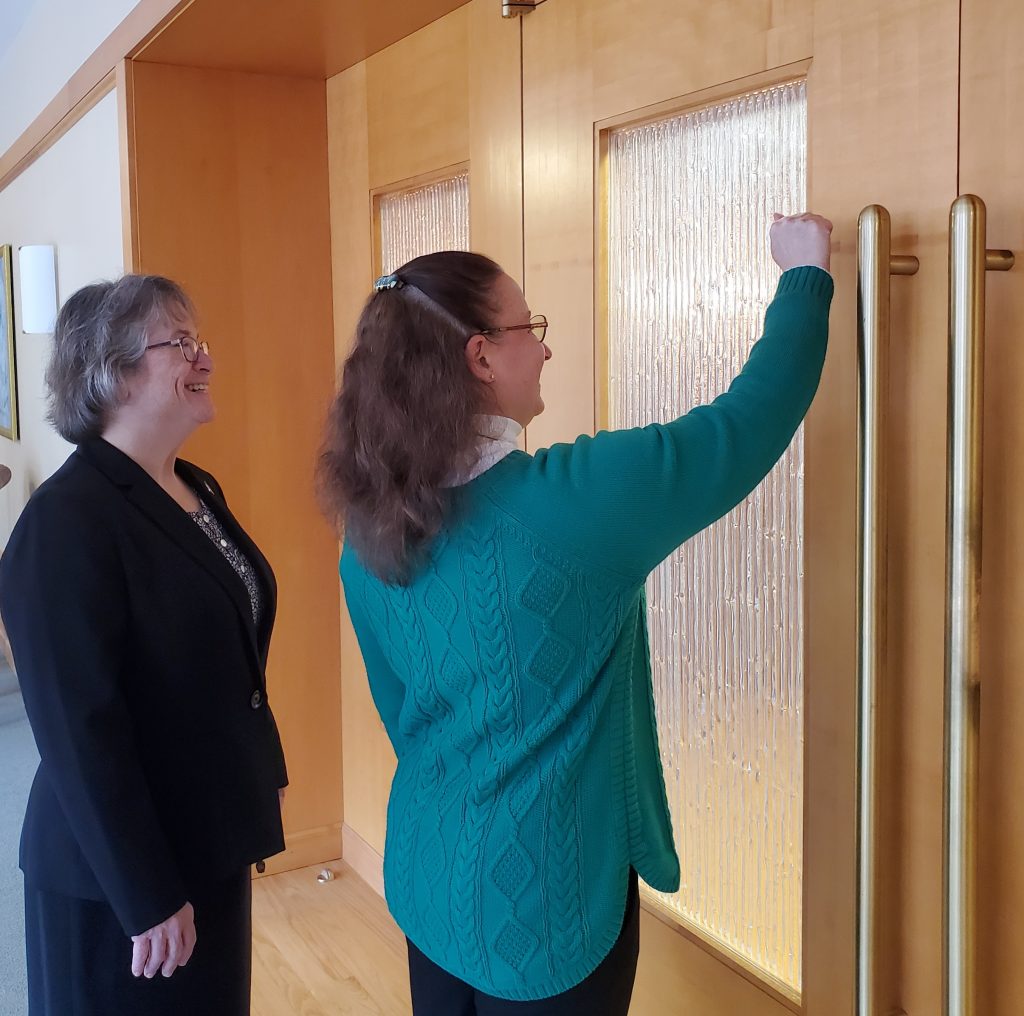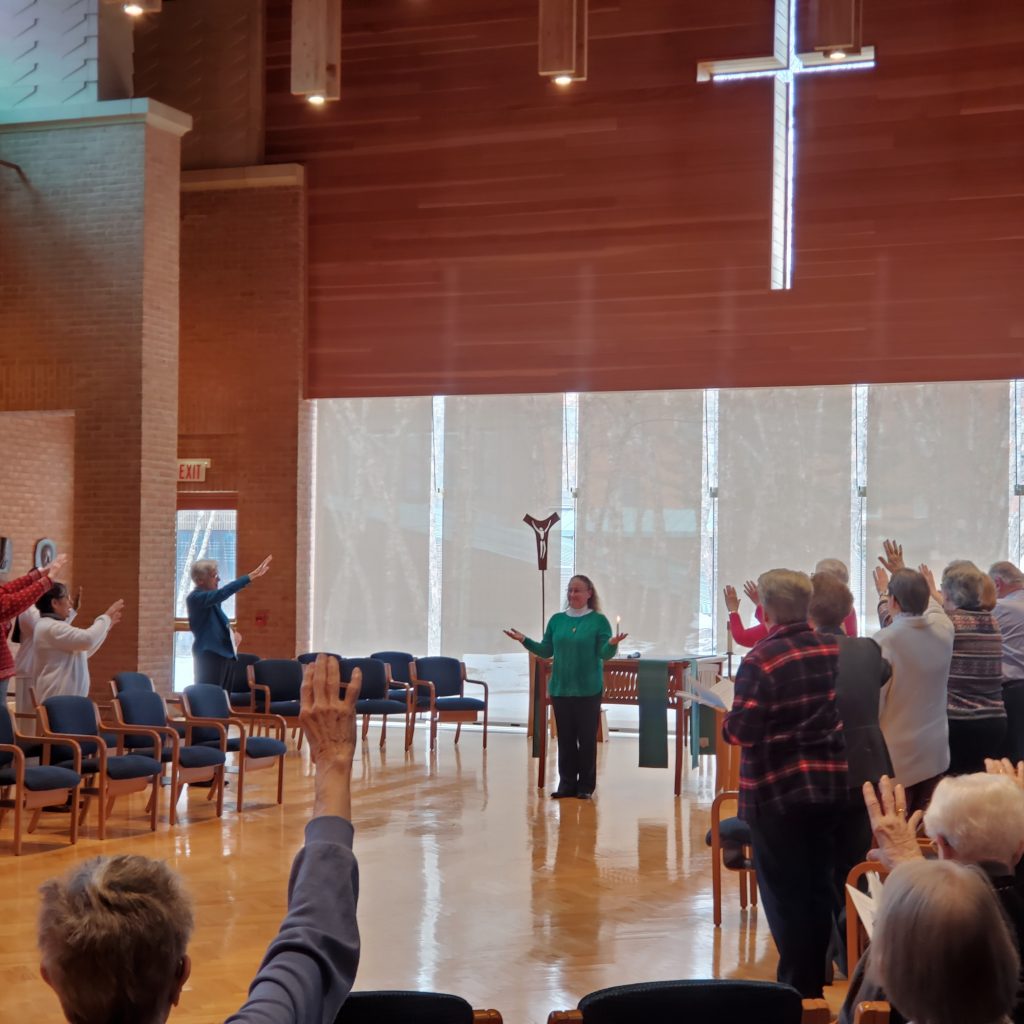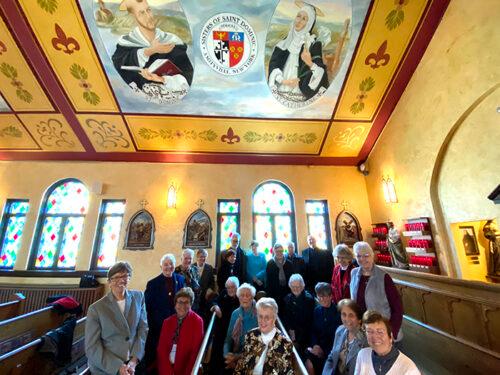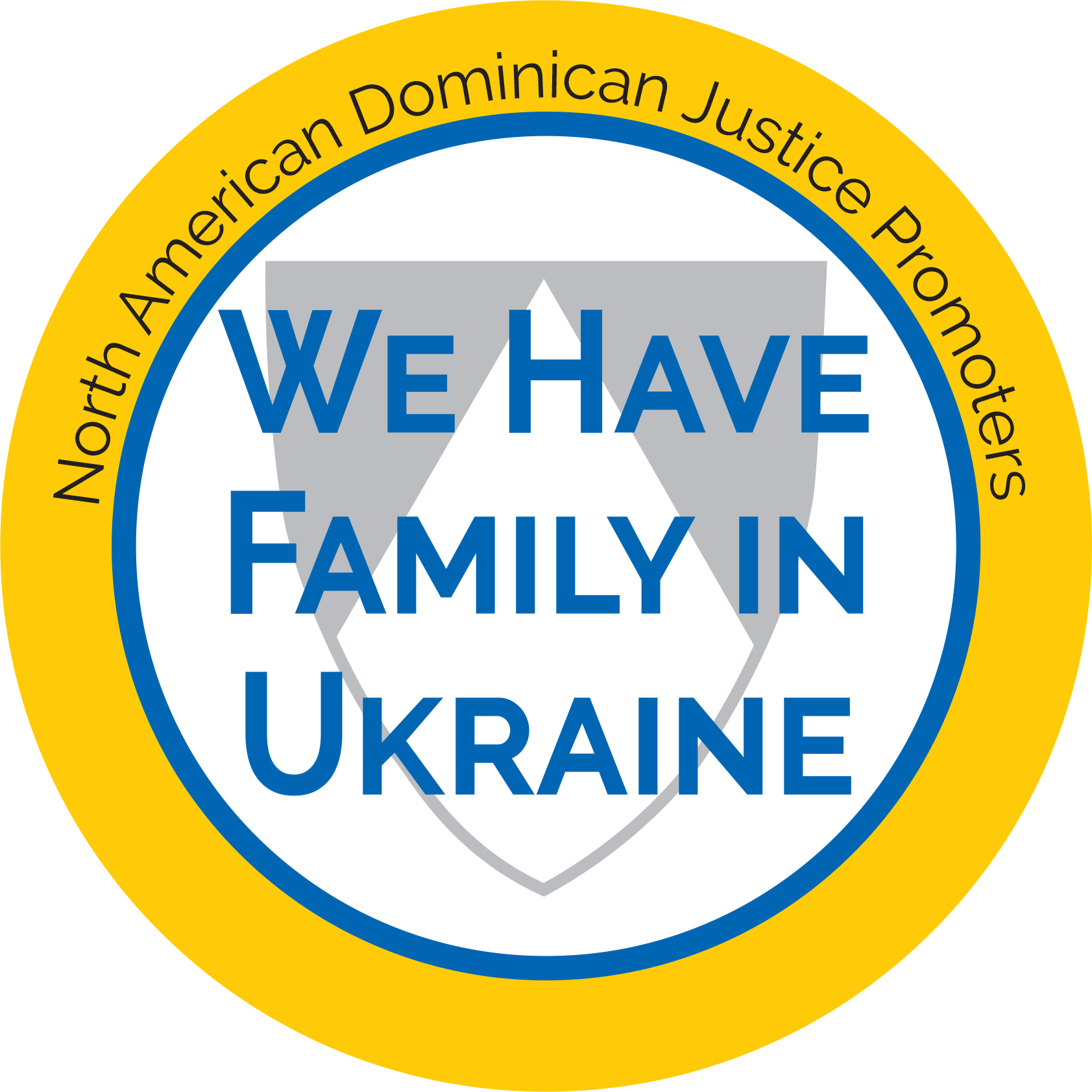Connections through Charism Chats
Student Preachers often volunteer in their schools to lead and share with their fellow classmates. It is not uncommon for them to respond quickly and provide surprising and poignant insights into an otherwise typical topic.
It is not so common for our student preachers to be called upon to reach across campus boundaries, state lines, congregational sponsorships as well as different time zones to collaborate with other students on completely different schedules to present to a variety of administrators with the goal of inspiration. Yet that is just what happened on February 8th. Dominican Catholic high school student preachers took time out of their intense schedules to do just that simply because their mentors asked!
On Tuesday, February 8 at 12pm cst, a handful of students representing three members of the Dominican Association of Secondary Schools (DASS) eloquently shared a 20 min preaching aimed to inspire leaders in our DASS schools and it reminded all of why we do what we do in educational ministries. Featured in a monthly DASS Charism Chat, the following schools and congregations represented were:
- St. Agnes Academy in Tennessee sponsored by the Dominican Sisters of Peace. Claire Hutton stepped up to this call. She is led by Beth Odom, Director of Dominican Catholic Identity.
- Mount Saint Dominic Academy in Caldwell, NJ sponsored by the Dominican Sisters of Caldwell – Katie King and Senior Kaitlin Gibson did a phenomenal job, led by Christine Victori, Director of L.E.O. Program, DECA Advisor, Religion Department, Kairos Moderator
- Regina Dominican High School in IL sponsored by Adrian Dominican Sisters of Adrian. Senior Catherine Patti and Junior Margaret Clancy led by Lisa Boris, Campus Minister and Theology Teacher
Andrea Wirgau, Executive Director of DASS, opened with a welcome and recognition of the annual day of prayer and Feast Day of St. Josephine Bakita who was kidnapped as a child and sold into slavery in Sudan and Italy. Once Josephine was freed, she dedicated her life to creating change and was declared a Saint in 2000. The session was offered up in her memory as well as all victims and survivors of human trafficking.

Catherine Patti ‘22 and Margaret Clancy ‘23 – students at Regina Dominican High School, along with Lisa Boris.
Katie King and Senior Kaitlin Gibson – students at Mount Saint Dominic Academy
The Opening Prayer was led by Catherine Patti of Regina Dominican High School.
With the beautiful chapel in the background, Katie King from Mount Saint Dominic Academy, followed with a reading from 1 Corinthians 3:10-17.
Each school then shared a bit of their history and founding by their sponsoring congregation as well as their personal connection in three “School Talks.”
Senior Kaitlin Gibson verbalized a lens of the charism with, “We are all called to carry on this legacy here at Mount St Dominic Academy. In our community, our studies, our prayer, and our service, we uphold the Four Dominican Pillars in all that we do today and in the future. As a student at a Dominican school, I can confidently say that the presence of the Dominican mission and life has impacted me tremendously. The spirit of my Dominican ancestors is with me every day and I feel the call to take up their legacy and keep it alive.”
This alone is a beautiful testament, but she continued to articulate, “My experience as a Dominican has empowered and inspired me to be a changemaker and social justice advocate, as well as a leader and ally. Rooted in this mission, we move forward every day with Caritas in our hearts and veritas in our minds; our love for each other, fostered by the community we’ve grown in, coupled with our integrity, informed by our teaching, allow us to better understand the legacy that has been bestowed upon us, and the integral part we play in its existence. Our Dominican heritage is what sets us apart; we live each day with the spirit of Dominic ever at our back and the wisdom of his disciples guiding our actions and our words.
Moreover, my experience at a Dominican school has ignited within me a strong Catholic faith, which carries me through hard times and good times. I intend to carry it with me as I leave my Dominican high school, to embark on a new journey at Villanova University. With the memories, legacy, and strength that the Dominican charism has imparted on me, I know that I will live my life with the pillars that are so ingratiated into my person, intertwined with my thoughts and actions, as I live every day with: prayer, study, community and mission.”
We are called to carry on the Dominican mission so that we can set the world afire!!!
Senior Claire Hutton, who also led the litany, proudly illuminated her strong history with St. Agnes Academy in TN. Beginning with her great-grandmother who attended school during the war and graduated in 1944. Subsequently Claire’s Grandmother graduated in 1965, two maternal aunts and a mother who graduated in 1980, 1982 and 1988. Her cousin graduated in 1996, and Claire joins this list in 2022! She plans to attend University of St. Andrews in Scotland in the Fall. Not only is she a student preacher, but Claire is heavily involved in the Costa Rican Exchange Program, President of the Government Club, and a Minister of Service at SAA.
Lastly, Catherine Patti from Regina Dominican High School, affirmed “At Regina we follow the Dominican legacy that is displayed to us through the example of the Sisters and live out their values through our school’s mission – academic excellence, leadership, respect for races, cultures, and faiths, and truth, peace, and justice. We live out these values in our school community by welcoming everyone into the Dominican community no matter their faith. We provide retreats for the students, faculty, and staff in order to stay connected to Dominican culture and our faith. To keep our connections with the Adrian Sisters we became Pen Pals with them and wrote to each other about our school year and what is happening in our lives both in and out of school. Thanks to the Adrian Sisters, Regina Dominican has been able to celebrate over 60 years of educating women on the NorthSide of Chicago and we are proud to be a part of this legacy.”
Junior Margaret Clancy from Regina Dominican HS closed with a prayer.
After the students logged off to return to their academics, one mentor noted it was truly eye-opening for the students to see and hear the background of the other schools and to realize the Dominican family is so much more extensive than they knew before.
It was amazing these students were able to step into the small window of time to connect with other Dominican Catholic students as well as school leaders who impacted their lives immeasurably. Approximately 23 people were able to attend the ZOOM meeting from 13 different communities. As they continue to prove time and again, students are the heart of the ministry and the reason why administrators wake up to lead their institutions into the wilderness as the original Dominican sister predecessors did over 200 years ago.
For a full transcript of the DASS Charism Chat mentioned here, please visit: https://docs.google.com/document/d/14prw8SHGO8oxDlgoyAPsPW9mgYjuaYg62W1dEKbG6Po/edit?usp=sharing
 USA
USA













